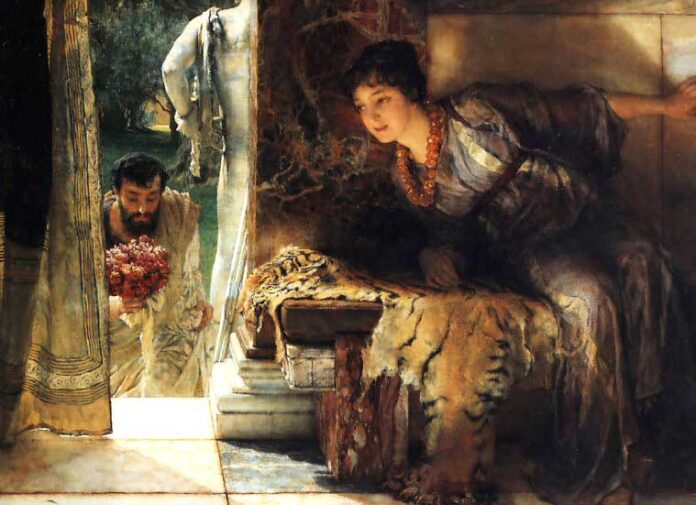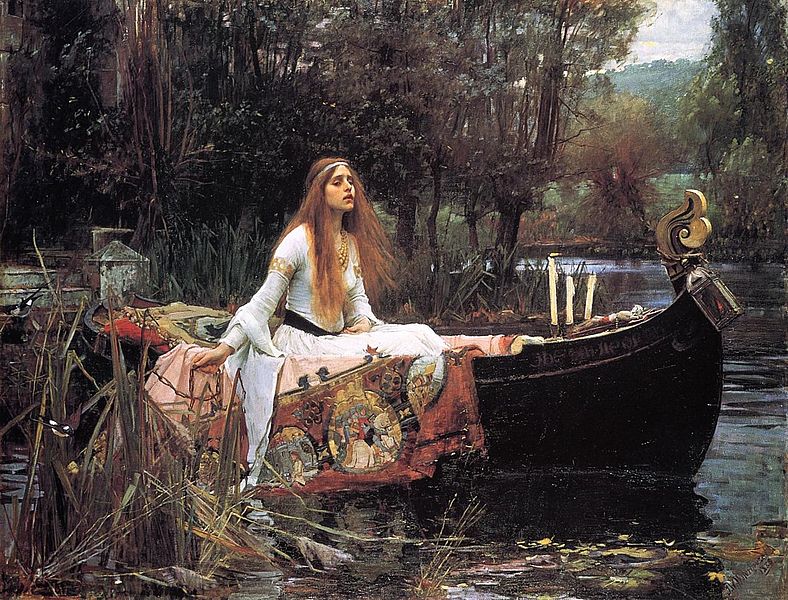
Romantic oil paintings evoke a world of passion, emotion, and boundless imagination, where artists used their brushes to translate the intensity of human feelings into exquisite visual poetry. Rooted in the Romantic movement of the 18th and 19th centuries, these artworks celebrated the sublime, the mysterious, and the depths of the human spirit. In this article, we explore the essence of romantic oil paintings, delve into the works of notable artists, and unravel the enduring allure of this captivating artistic movement.
The Essence of Romantic Oil Paintings

At the heart of romantic oil paintings lies a profound exploration of human emotions and the natural world. Artists sought to depict not only the external world but also the inner landscapes of the human soul. These paintings often conveyed a sense of awe and wonder at the grandeur of nature, while simultaneously delving into the complexities of love, passion, and melancholy. Romantic oil paintings are characterized by their vivid use of color, dramatic lighting, and a focus on evoking emotional responses from the viewer.
Caspar David Friedrich: Sublime Landscapes of Solitude
One of the prominent figures in romantic oil paintings is Caspar David Friedrich, a German artist celebrated for his breathtaking landscapes that encapsulate the sublime and the spiritual. Friedrich’s works, such as “Wanderer above the Sea of Fog” and “The Abbey in the Oakwood,” transport viewers to solitary vistas that stir a sense of awe and introspection. Through his masterful use of light and composition, Friedrich conveyed a reverence for nature’s majesty and the human connection to the cosmos.
Eugène Delacroix: A Symphony of Passion and Color
Eugène Delacroix, a French Romantic painter, infused his canvases with an explosion of colors that mirrored the intensity of human emotions. His iconic work, “Liberty Leading the People,” captures the tumultuous spirit of revolution with a vivid palette and dynamic composition. Delacroix’s passionate brushwork and portrayal of dramatic scenes made him a trailblazer in romantic oil paintings, elevating the emotional impact of his artworks.
Love and Melancholy: Themes of the Romantic Era

Romantic oil paintings often explored themes of love and melancholy, portraying the spectrum of human emotions in poignant detail. Henry Fuseli’s “The Nightmare” exemplifies this, depicting a woman visited by a demonic incubus in a composition that melds eroticism and the macabre. Similarly, John Constable’s “The Hay Wain” captures the serene beauty of the English countryside while also evoking a sense of nostalgia and contemplation.
Enduring Influence on Art and Culture
The impact of romantic oil paintings extends far beyond their time. The emphasis on emotional expression, the sublime, and the portrayal of nature’s majesty laid the foundation for subsequent artistic movements. From Symbolism to Impressionism and beyond, the romantic spirit can be traced through the evolution of art. Moreover, the themes and emotions explored in romantic paintings continue to resonate with contemporary audiences, reflecting the timeless nature of human experience.
Conclusion
Romantic oil paintings stand as powerful testaments to the human capacity for emotion, imagination, and the pursuit of the sublime. Through the works of artists like Friedrich and Delacroix, this artistic movement captured the essence of the Romantic era’s ideals, offering viewers a glimpse into the depths of the human soul and the wonders of the natural world. As we admire these masterpieces, we are reminded of the eternal allure of love, passion, and the boundless imagination that continues to shape our perception of the world.






